Potřebujeme váš souhlas k využití jednotlivých dat, aby se vám mimo jiné mohly ukazovat informace týkající se vašich zájmů. Souhlas udělíte kliknutím na tlačítko „OK“.
ASTM B839-04(2014)
Standard Test Method for Residual Embrittlement in Metallic Coated, Externally Threaded Articles, Fasteners, and Rod-Inclined Wedge Method (Withdrawn 2021)
Automaticky přeložený název:
Standardní zkušební metoda pro Zbytková křehnutí pokovené, s vnějším závitem články, Spojovací, a Rod-nakloněný Wedge Metoda
NORMA vydána dne 1.5.2014
Informace o normě:
Označení normy: ASTM B839-04(2014)
Poznámka: NEPLATNÁ
Datum vydání normy: 1.5.2014
Kód zboží: NS-8348
Počet stran: 4
Přibližná hmotnost: 12 g (0.03 liber)
Země: Americká technická norma
Kategorie: Technické normy ASTM
Kategorie - podobné normy:
Anotace textu normy ASTM B839-04(2014) :
Keywords:
hydrogen embrittlement test, metallic coated, residual embrittlement test, testing threaded articles, threaded fasteners, threaded rod, ICS Number Code 21.060.01 (Fasteners in general)
Doplňující informace
| Significance and Use | ||||||||||
|
5.1 The use of this test method can significantly reduce the risk of sudden catastrophic failure of threaded articles and fasteners, below their design strength, due to hydrogen embrittlement. |
||||||||||
| 1. Scope | ||||||||||
|
1.1 This test method covers the determination of, on a statistical basis, the probability of the existence of hydrogen embrittlement or degradation in: 1.1.1 A batch of barrel electroplated, autocatalytic plated, phosphated, or chemically processed threaded articles or fasteners and 1.1.2 A batch of rack plated threaded articles, fasteners, or rod. 1.2 Industrial practice for threaded articles, fasteners, and rod has evolved three graduated levels of test exposure to ensure reduced risk of hydrogen embrittlement (see Section 1.3 This test method is applicable to threaded articles, fasteners, and rod made from steel with ≥1000 MPa (with corresponding hardness values of 300 HV10 kgf, 303 HB, or 31 HR1.4 This test method shall be carried out after hydrogen embrittlement relief heat treatment in accordance with the requirements of Guide B850. It may also be used for assessing differences in processing solutions, conditions, and techniques. This test method has two main functions: first, when used with a statistical sampling plan it can be used for lot acceptance or rejection, and second, it can be used as a control test to determine the effectiveness of the various processing steps including pre- and post-baking treatments to reduce the mobile hydrogen in the articles, fasteners, or rod. While this test method is capable of indicating those items that are embrittled to the extent defined in Section 3, it does not guarantee complete freedom from embrittlement. 1.5 This test method does not relieve the processor from imposing and monitoring suitable process control. 1.6 This test method has been coordinated with ISO/DIS 10587 and is technically equivalent. (1.7 This standard does not purport to address all of the safety concerns, if any, associated with its use. It is the responsibility of the user of this standard to establish appropriate safety and health practices and determine the applicability of regulatory limitations prior to use. |
||||||||||
| 2. Referenced Documents | ||||||||||
|
Podobné normy:
Historická
1.4.2008
Historická
1.4.2013
Historická
1.11.2013
Historická
1.11.2011
Historická
1.5.2011
Historická
1.12.2013
Doporučujeme:
Aktualizace zákonů
Chcete mít jistotu o platnosti užívaných předpisů?
Nabízíme Vám řešení, abyste mohli používat stále platné (aktuální) legislativní předpisy.
Chcete vědět více informací? Podívejte se na tuto stránku.


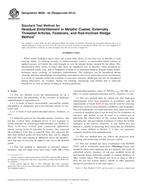
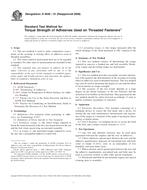 ASTM D5649-01(2008)..
ASTM D5649-01(2008)..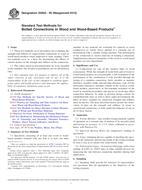 ASTM D5652-95(2013)..
ASTM D5652-95(2013)..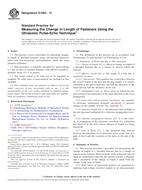 ASTM E1685-13
ASTM E1685-13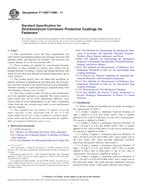 ASTM F1136/F1136M-11..
ASTM F1136/F1136M-11..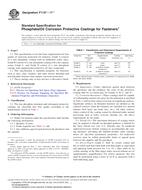 ASTM F1137-11e1
ASTM F1137-11e1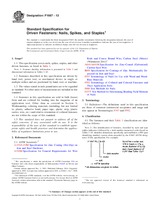 ASTM F1667-13
ASTM F1667-13
 Cookies
Cookies
